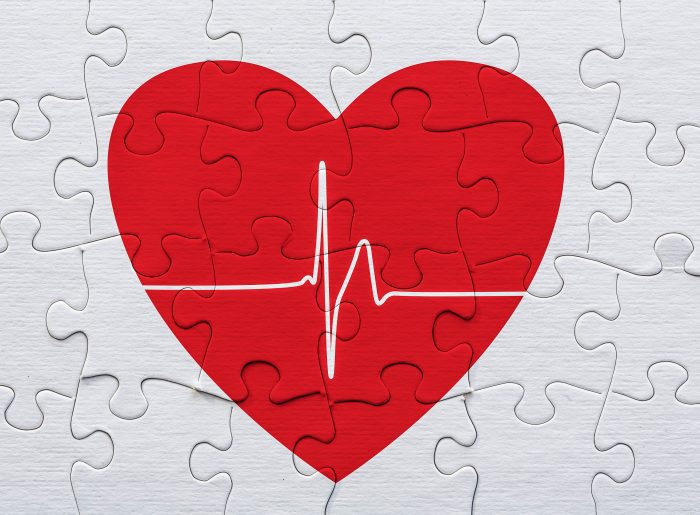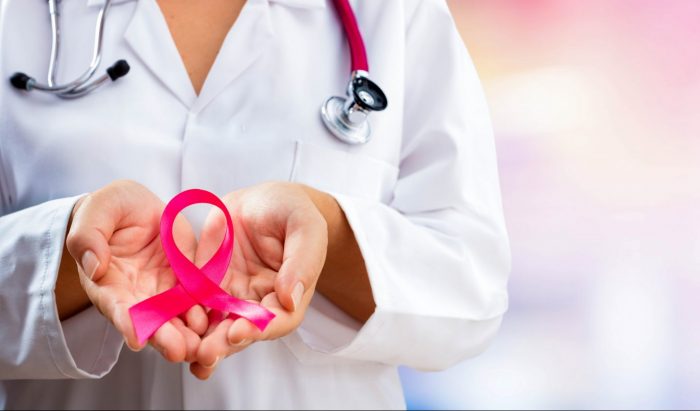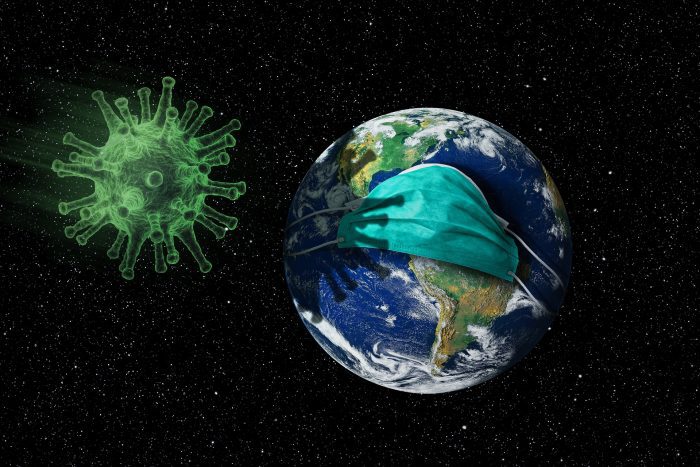By Daniel Dunaief

I’ve been on a long journey that’s taken me around the world for more than two and a half years. Many hosts have provided for me, enabling me to grow and, in some cases, make changes.
I don’t recall the beginning. The first host I remember was an incredibly kind doctor. She spent countless hours caring for others, looking into their eyes, assuring them she would do everything she could for them.
She was so focused on helping others that she didn’t even know she was hosting me. I stayed quiet just long enough to make the jump to a famous American actor who was working in Australia.
He and his wife didn’t enjoy their time with me. They warned the world about me and my extended family.
My next host was a businessman. He had been in a hospital with his son, who had a broken leg. The businessman stayed in the waiting room for hours, trying to do his work but unable to focus because he was so concerned about his boy.
Finally, after hours of surgery, the doctor came out to talk to him and that’s when I found a new host.
This businessman worked hard. Once he discovered his son was safe, he ignored me and my needs.
I developed without anyone noticing me. At one point, I heard someone come looking for me, but I hid just far enough away. I traveled a great distance on a plane with him. Once we were in a new country, I had so many choices.
Realizing it was time to go, I jumped to an elderly bus driver. He was a gentle man. The lighter laugh lines near his eyes looked like waves approaching the shore on his dark chocolate skin.
Before he collapsed into bed the second evening we were together, he seemed to be staring directly at me. In his house, I had a choice of other possible hosts, but decided to hitch a ride with his son.
That one almost cost me my life. His son soon realized I was there, and he stayed away from everyone. I was curled up alone with him. He barely moved for long periods of time, except when he coughed or sat up and sent text messages and emails. One night, when he was finally sleeping, a man came into his room to clean it. That’s when I escaped.
This man didn’t even know he hosted me. He wasn’t stuck in bed, and he didn’t cough. I traveled with him to several events. After other trips, I found an important politician. We took a ride in a helicopter and went to a hospital where doctors provided all kinds of new medicines.
I became like a game of telephone, passing along from one person to the next. And, like a game of telephone, the message changed, as I demanded different things from my host.
I found myself at a concert with a young woman who sang and danced for hours. She looked so vibrant and full of life.
She was a friendly enough host, until I set up camp with her mother. Then, she shouted at me, praying to keep me away. She took me to a hotel, where she seemed to stare at me while she prayed.
When someone delivered food and walked in the room to wait for payment, I made the jump to him. During the day, he was a student with a full and busy life. I didn’t stay long, moving on to his girlfriend, her roommate, and, eventually, to a professor.
I stayed with the professor for over a week. She spent considerable time grading papers, writing at her computer, talking to family members, and taking medicine.
I have made some changes along the way. I don’t travel with as much baggage as I used to. I know people think I’m not as much of a burden as I was in the early days. My most recent host would disagree. He couldn’t talk, had trouble sleeping and was exhausted all the time. I’m getting ready to travel the world again this fall and winter. You can ignore me all you want, but I’m still here, making changes and preparing to find more hosts.






















